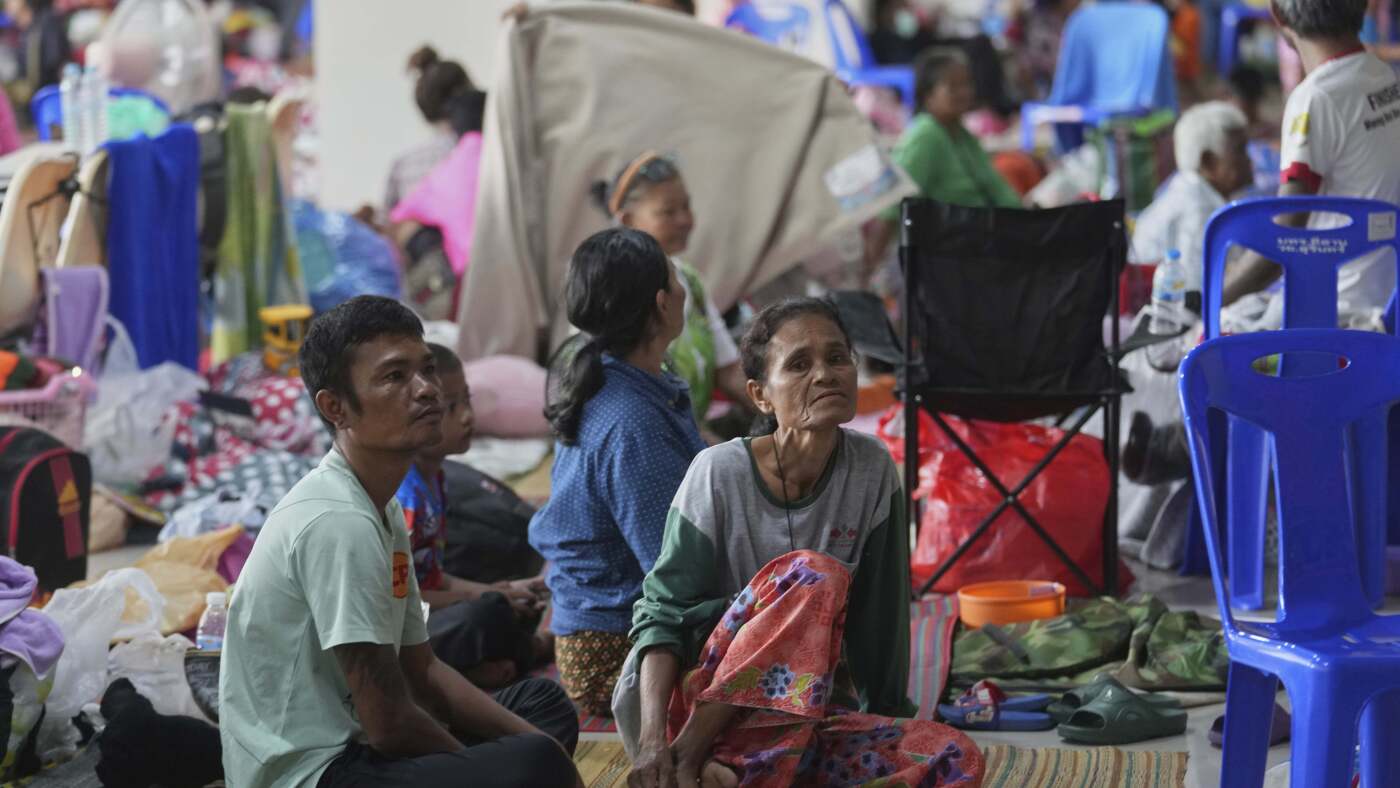The Complexities and Prospects of Thai-Cambodian Talks in Malaysia
Introduction
The upcoming meeting between Thai and Cambodian leaders in Malaysia, aimed at resolving their escalating border conflict, is a critical juncture in regional diplomacy. This report explores the multifaceted dimensions of the dispute, the role of external actors, and the potential pathways to a lasting resolution. The analysis delves into the historical context, the immediate triggers of the current crisis, and the broader implications for Southeast Asian stability.
Historical Context and the Preah Vihear Dispute
The border conflict between Thailand and Cambodia is deeply rooted in historical grievances and unresolved territorial claims. The Preah Vihear temple, a UNESCO World Heritage site, has been a focal point of contention since the 1962 International Court of Justice (ICJ) ruling that awarded the temple to Cambodia. However, the surrounding land remains disputed, leading to periodic outbreaks of violence. The current escalation, marked by significant casualties and displacement, underscores the urgency of finding a sustainable solution.
The Immediate Triggers and Escalation
The recent flare-up in hostilities has been attributed to a series of incidents along the border. Both sides have accused each other of provocative actions, including artillery exchanges and incursions into disputed territories. The lack of a clear demarcation of the border has exacerbated tensions, with each side interpreting the boundaries in a manner that favors its own territorial claims. The humanitarian impact of the conflict, with over 168,000 people displaced and at least 34 deaths, highlights the urgent need for de-escalation and dialogue.
The Role of External Actors
The involvement of external actors, particularly U.S. President Donald Trump, adds a layer of complexity to the situation. While the U.S. has traditionally played a role in Southeast Asian security, direct intervention in a bilateral dispute is less common. Trump’s reported mediation efforts have brought the parties to the negotiating table, but the long-term implications of such involvement remain uncertain. The U.S. could potentially provide leverage and incentives for both sides to compromise, but it also risks being perceived as an external power meddling in regional affairs.
Malaysia’s Diplomatic Role
Malaysia’s offer to host the talks is a strategic move that underscores the importance of regional solutions to regional problems. As a fellow ASEAN member with strong diplomatic ties to both Thailand and Cambodia, Malaysia is well-positioned to act as a neutral facilitator. The choice of Malaysia as the venue reflects a commitment to ASEAN principles of non-interference and consensus-building. Malaysia’s understanding of the cultural and political nuances of the region makes it a suitable host for these sensitive negotiations.
Key Players and Their Agendas
The meeting in Malaysia will bring together key figures from both countries. Acting Thai Prime Minister Phumtham Wechayachai and Cambodian Prime Minister Hun Manet will lead their respective delegations. Each side is likely to bring distinct agendas to the table. Thailand may seek assurances regarding the security of its border regions and guarantees against future provocations. Cambodia, on the other hand, may focus on securing international recognition of its territorial claims and seeking compensation for damages caused by the conflict. The ability of these leaders to find common ground and compromise will be crucial to the success of the talks.
Challenges and Opportunities
The upcoming talks face several significant challenges. Deep-seated mistrust between the two countries, fueled by historical grievances and competing territorial claims, will be difficult to overcome. Nationalist sentiments on both sides could complicate the negotiations, with hardliners resisting any concessions that could be perceived as a sign of weakness. However, there are also opportunities for progress. The scale of the recent violence and displacement may create a sense of urgency and a willingness to compromise. The involvement of external actors like the U.S. and Malaysia could provide additional incentives for both sides to find a peaceful resolution.
Possible Outcomes and Scenarios
The meeting in Malaysia could yield a range of outcomes, from a complete breakthrough to a complete breakdown. A positive outcome could involve a formal ceasefire agreement, the establishment of a joint border commission, and a commitment to resolving the underlying territorial dispute through peaceful means. A less optimistic outcome could involve a temporary cessation of hostilities, without addressing the root causes of the conflict. A negative outcome could see the talks collapse altogether, leading to a renewed escalation of violence. The success of the talks will ultimately depend on the ability of the leaders to overcome historical grievances and prioritize the well-being of their people.
The Human Cost and the Path Forward
Beyond the political and strategic considerations, it is crucial to remember the human cost of the conflict. The displaced communities, the bereaved families, and the innocent civilians caught in the crossfire bear the brunt of the violence. Their suffering serves as a stark reminder of the urgent need for a peaceful and lasting resolution. The success of the talks in Malaysia will be measured by their ability to alleviate this suffering and prevent future tragedies. The path to resolution will require both sides to demonstrate courage, flexibility, and a genuine commitment to dialogue. Ultimately, the success of the talks will depend on the ability of the leaders to overcome historical grievances, address the root causes of the conflict, and prioritize the well-being of their people.







